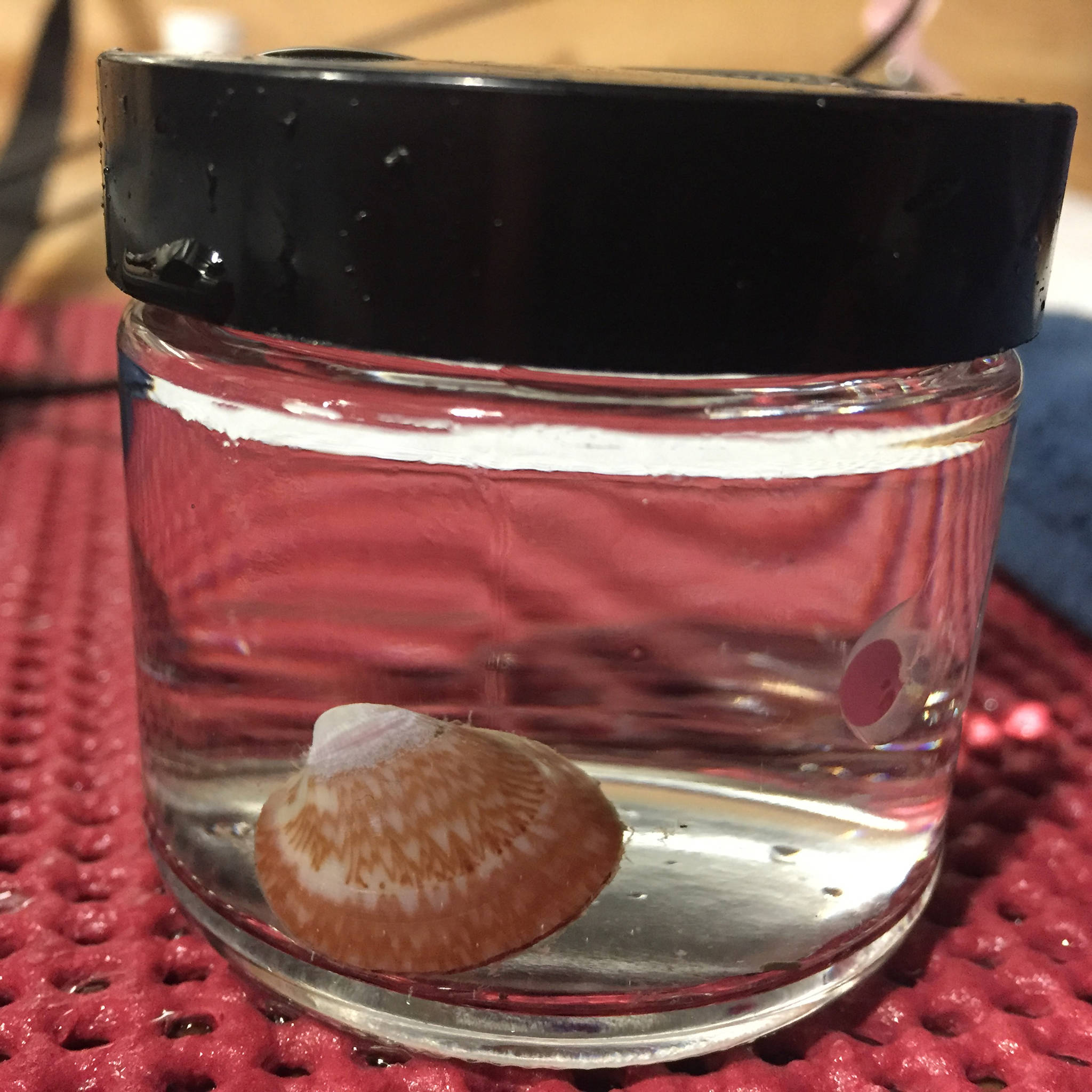To learn more about one of the largest environmental changes of our lifetimes, Brittany Jones studies clam breath.
Jones is a student earning her Ph.D. at the University of Alaska Fairbanks. She is an expert on creatures that live in the muck covering the underwater continental shelf off western Alaska. There, sea ice waxes and wanes on the relatively shallow waters covering the former Bering Land Bridge.
The drastic shrinkage of that jigsaw puzzle of blue ice during the last few decades, and especially the last few years, is like the sudden loss of a solar reflector the size of Texas, with California pasted on.
“The sea ice loss has been unbelievable,” said Jones’s colleague, oceanographer Seth Danielson, who sailed in the Bering and Chukchi seas the last three summers. “To see that much open water this time of year is not something we’d have expected to see this decade or next, or the decade after that.”
All the new heat absorbed by a dark northern ocean has had big effects on creatures great and small, from whales that can now travel and feed way farther north than before to seabirds mysteriously dying of starvation on what had been the richest ocean waters on Earth.
To get a better picture of what is happening, scientists like Jones and Danielson have boarded a research ship during the past few summers and sailed through the Bering Strait on the Bering and Chukchi seas. They have sampled everything from seawater to copepods — crustaceans the size of dust specks — on June cruises of the 261-foot RV Sikuliaq.
One of Jones’s tasks was to determine the respiration rates of clams found on the seafloor, about 120 feet beneath the salty gray surface. Her work confined her to a windowless shipboard lab, kept at the temperature of an ice cube. The cool room might have helped her avoid seasickness, she said.
There, she would set on a table clams scooped from the sea floor that ranged in size from a pumpkin seed to a chicken egg. Using a toothbrush, she scrubbed algae from shells and placed each clam in its own glass jar. Using sensitive instruments, she measured how much oxygen each clam was taking in with its primitive set of gills.
Like us, the clams use oxygen to help convert their food, in this case “algae mush,” into energy.
Jones’s goal is to find out the respiration rates of five species of clams. And why should anyone care about clam breath?
The respiration rates of clams and other animals are numbers scientists can plug into ecosystem models. The computations might help them figure how much food the entire suite of creatures affected by sea ice needs to survive.
As the ocean is warming — the Bering Strait area has for the past four years been several degrees above the long-term average — living things need more food. Jones and others have found that creatures of the sediment increase their respiration rates with warmer temperatures.
In a lab back at UAF, Jones also studies worms and shrimp-like amphipods that populate the vast ocean floor of the Bering and Chukchi seas. Hundreds of miles inland, Jones is now squinting through a microscope, learning more about what the tiniest creatures are telling us about a change so massive it is hard to comprehend.
• Since the late 1970s, the University of Alaska Fairbanks’ Geophysical Institute has provided this column free in cooperation with the UAF research community. Ned Rozell (ned.rozell@alaska.edu) is a science writer for the Geophysical Institute.

